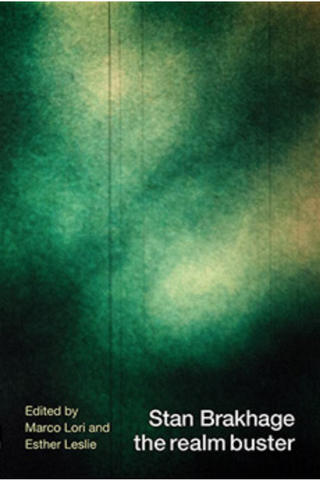Brakhage's blacks
Hamlyn, Nicky (2018) Brakhage's blacks. In: Stan Brakhage: the realm buster. John Libbey / Indiana University Press, Luton, UK; Bloomington, Indiana, pp. 9-25. ISBN 9780861967285
- Images
- Restricted Access Documents
- Details
This essay is based on a talk given at Birkbeck, University of London, on the work of the US filmmaker Stan Brakhage. The essay analyses Brakhage's use of black in his vast output, focusing especially on Passage Through: A Ritual (1990), a fifty-minute, 16mm film which is black for all but about one minute of its running time. A few very brief shots punctuate the blackness but, rarely for this artist, the film has a music track, created by the veteran experimental musician Phillip Corner. The essay considers the various ways in which Brakhage has used black frames and sections; for punctuation, to emphasise a contrastingly light frame, as rhythmic device and, in the case of Passage Through, as a way of focusing attention on sound, i.e, on one thing, not two or more, as is the case in most movies, where attention is divided between seeing and hearing. The essay considers viewing situations, and how the film offers an optimal way of listening to music, since there are minimal visual distractions. The essay also examines some of Brakahage's earliest films from the 1950s, especially The Way to Shadow Garden (1954) and The Roman Numeral Films (1979-82). Work by Sean Cubitt from his book The Practice of Light (2014), and from Ray Durgnat's A Long Hard Look at Psycho (BFI, 2002), in which the idea of black as a graphic device is considered, are also deployed.
The essay contributes new thinking to the existing work on Brakhage's films by P. Adams Sitney and others, in considering previously undiscussed work from his oeuvre. Hitherto most of the discussion of Brakhage's work has been in relation to its 'mythopoeia'. This essay offers, by contrast, detailed examinations of the films' formal structures and effects, focusing on previously undiscussed films.
 ORCID: https://orcid.org/0000-0002-9622-4679
ORCID: https://orcid.org/0000-0002-9622-4679
Actions (login required)
 |
Edit View |
